Two Countries, One History?
Propelled by the fame of the Bauhaus movement, German design captured the world’s imagination in the early decades of the 20th century. After 1949, its development followed a unique path, as designers in the divided country continued working under contrasting political systems in East and West Germany. Shiny plastic objects in the East, minimalist functionalism in the West: Our concepts of German postwar design culture are ruled by clichés and stereotypes.
Vitra Design Museum Two Countries, One History? 2021
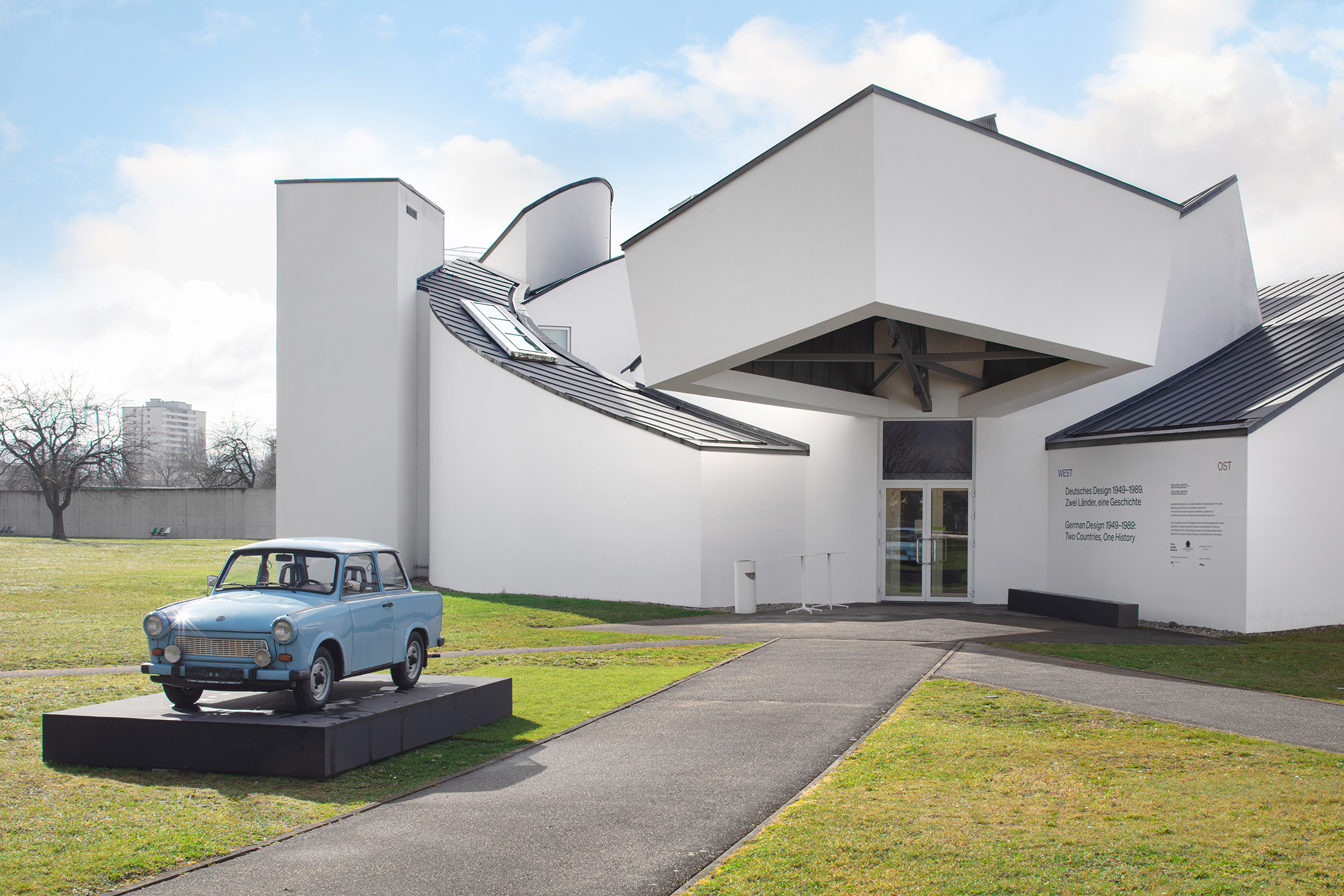
More than thirty years after German reunification, Dresden’s Kunstgewerbemuseum presented German Design 1949–1989: Two Countries, One History in partnership with the Vitra Design Museum in Weil am Rhein. This exhibition provided insights into the prevailing design philosophies in the German Democratic Republic and the Federal Republic of Germany, revealing many parallels and interconnections between Eastern and Western design during this period. Working closely with the curators and directors of both institutions, as well as Konstantin Grcic Design (architecture) and Daniel Streat (key visual and editorial design), we created the exhibition’s graphic design.
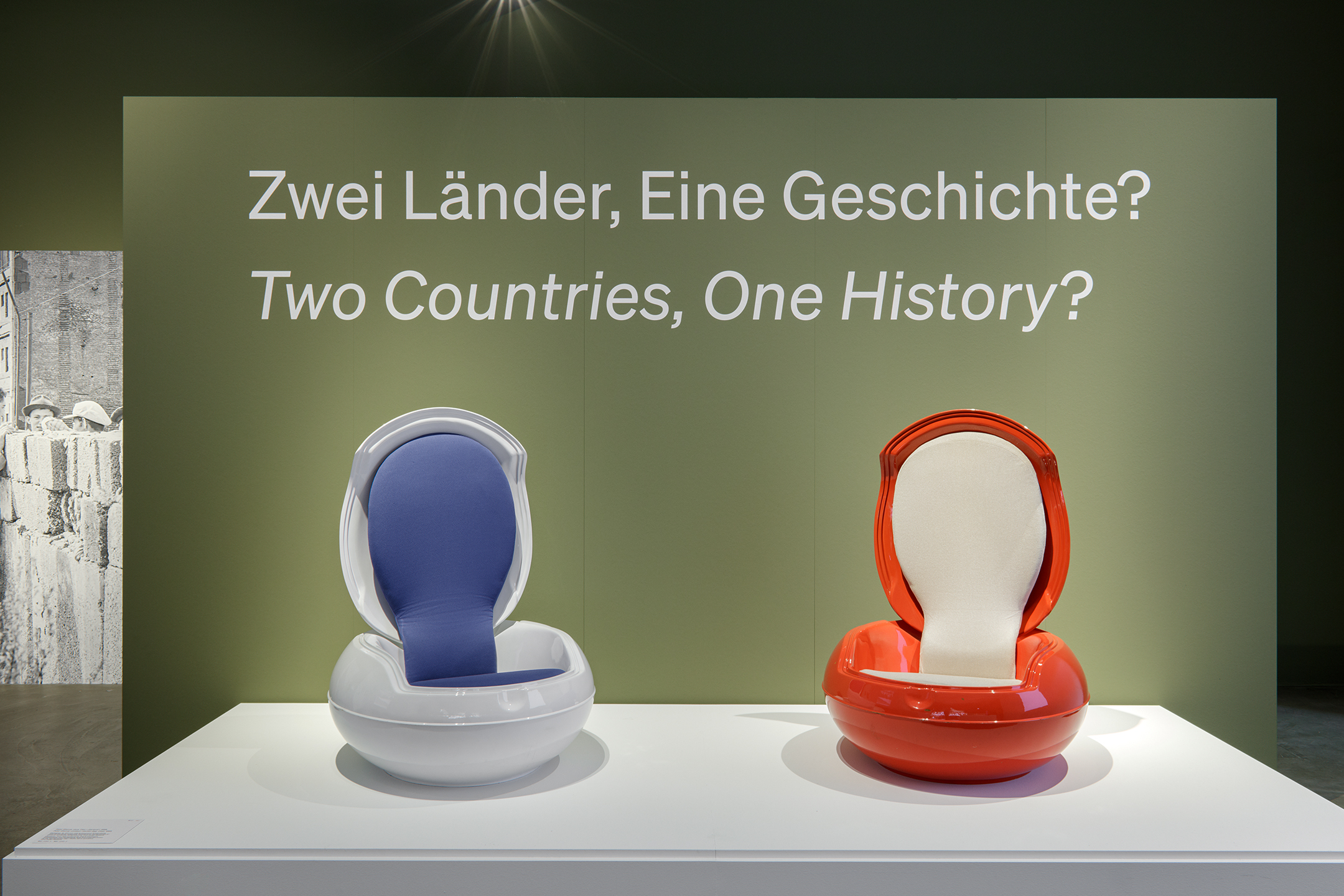
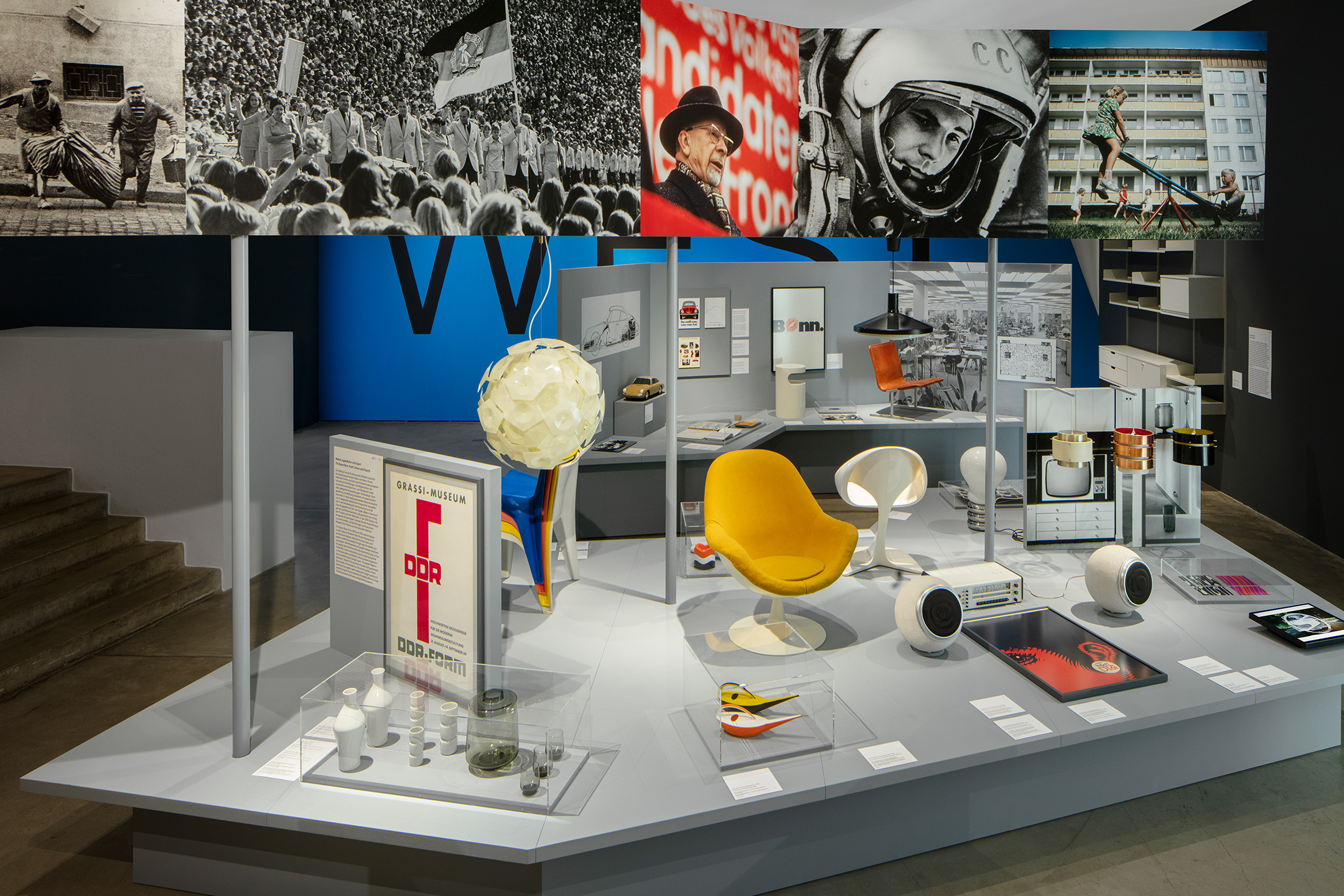
To keep the focus on the exhibits and the bespoke architecture, we stripped the visual language down to the essentials. Part of the project was a chronology of the political map of Germany, which was animated by the Vitra Design Museum. We also created a set of minimalist graphics for the exhibits, to emphasize their unique constructions. In terms of color, all the graphic design was limited to black and white except for small labels indicating where the items on display had been manufactured: WEST in blue and EAST in red. Other graphic design elements included quotes, timelines, room texts, labels, murals and the signage used throughout the Vitra’s main building.
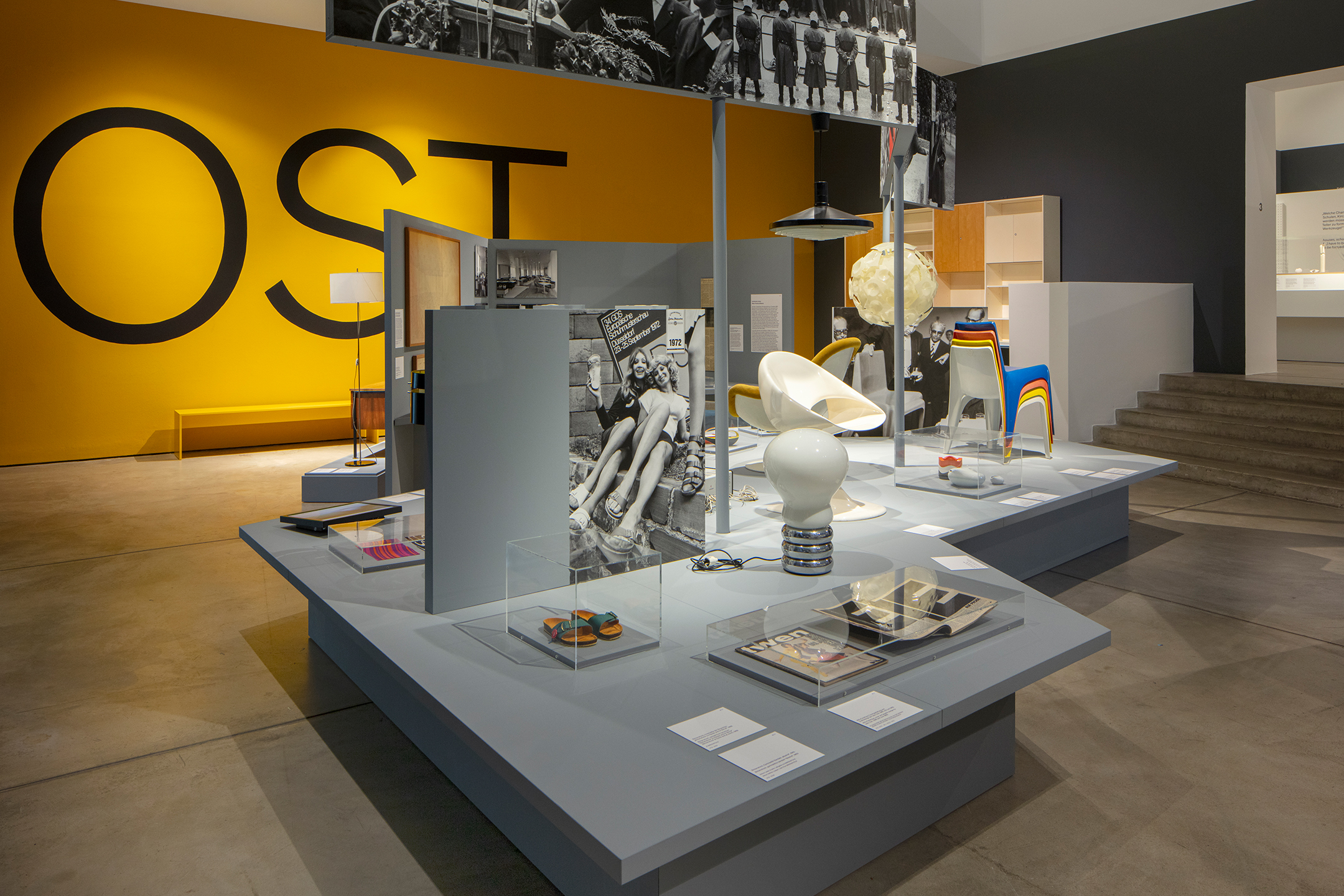
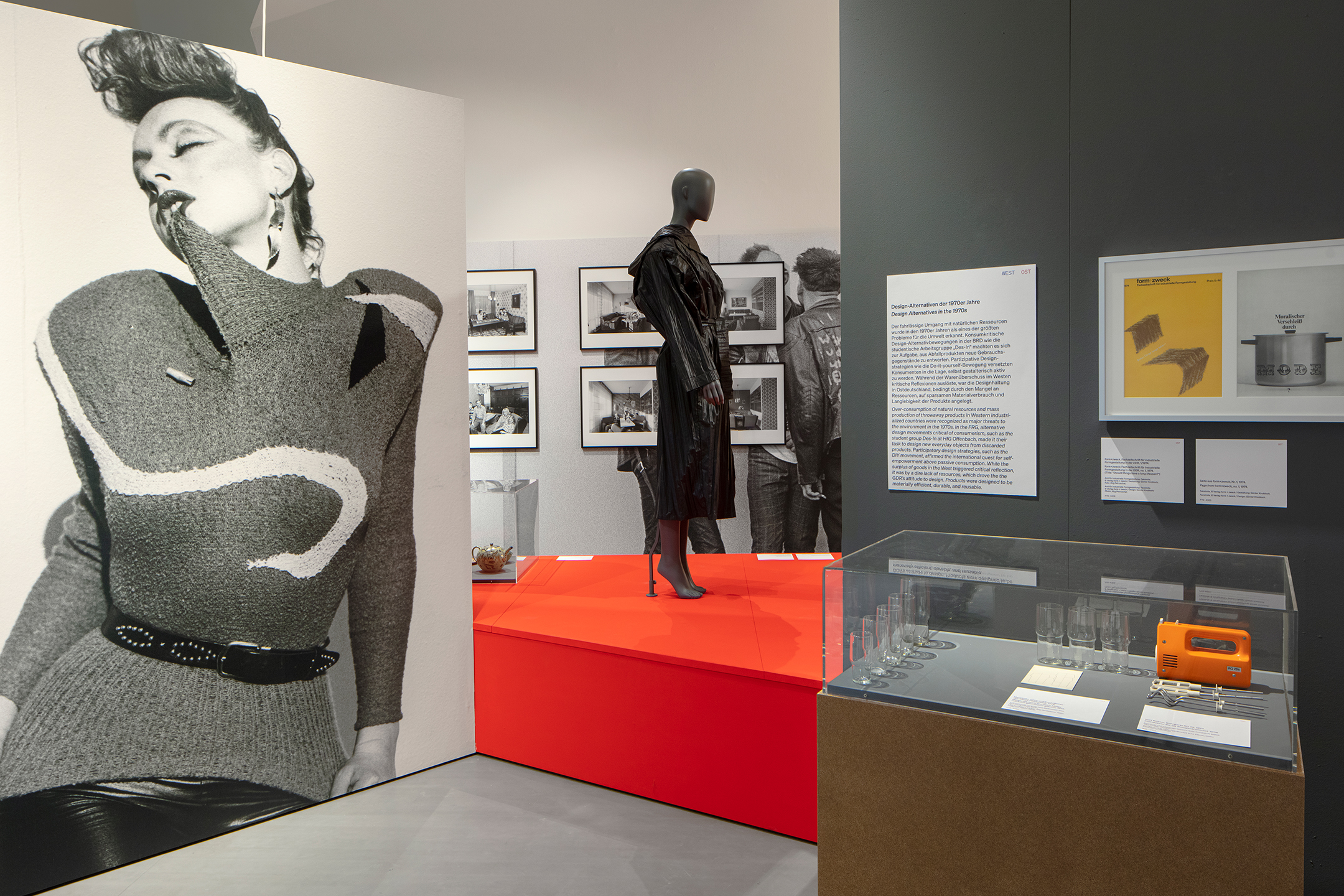
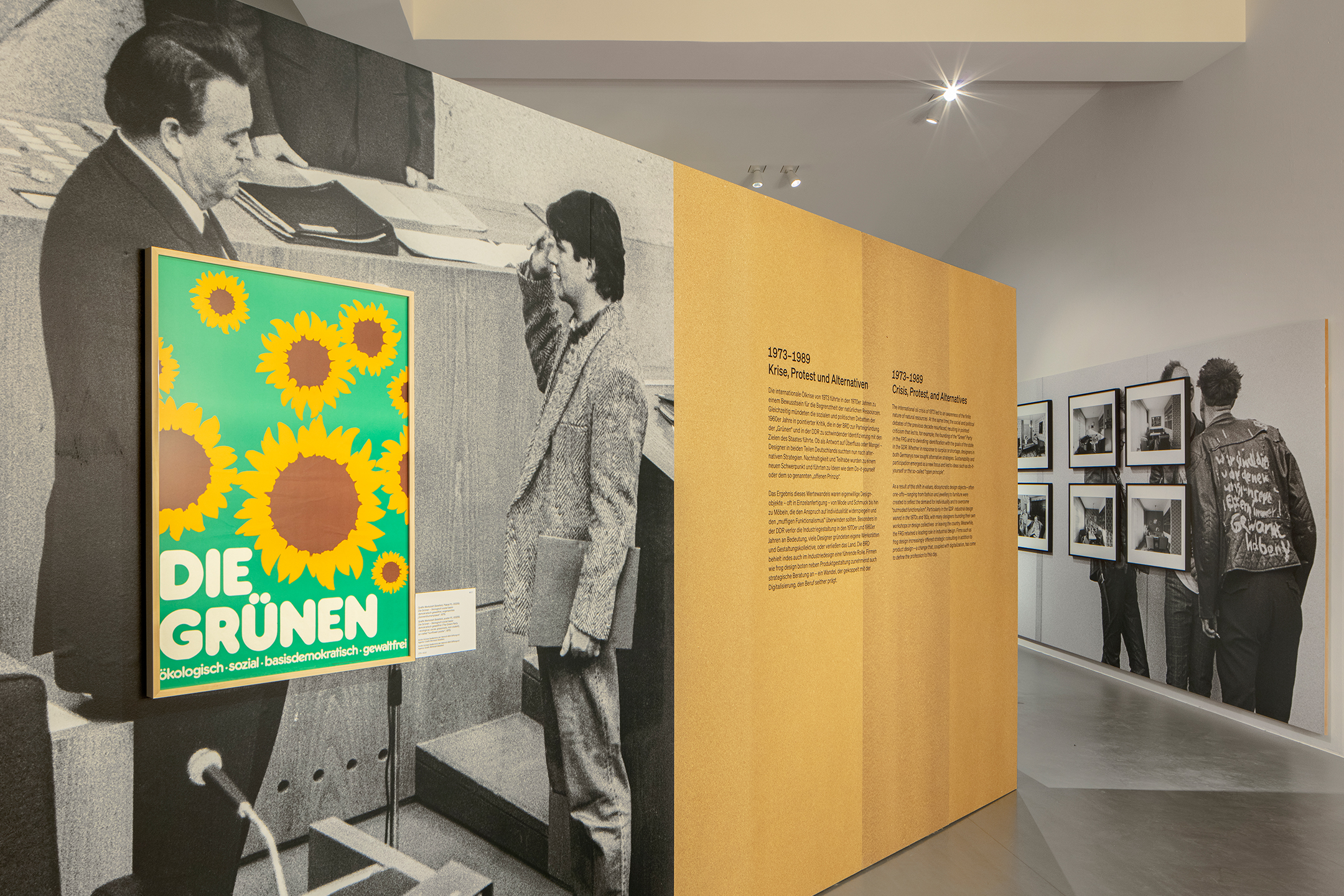
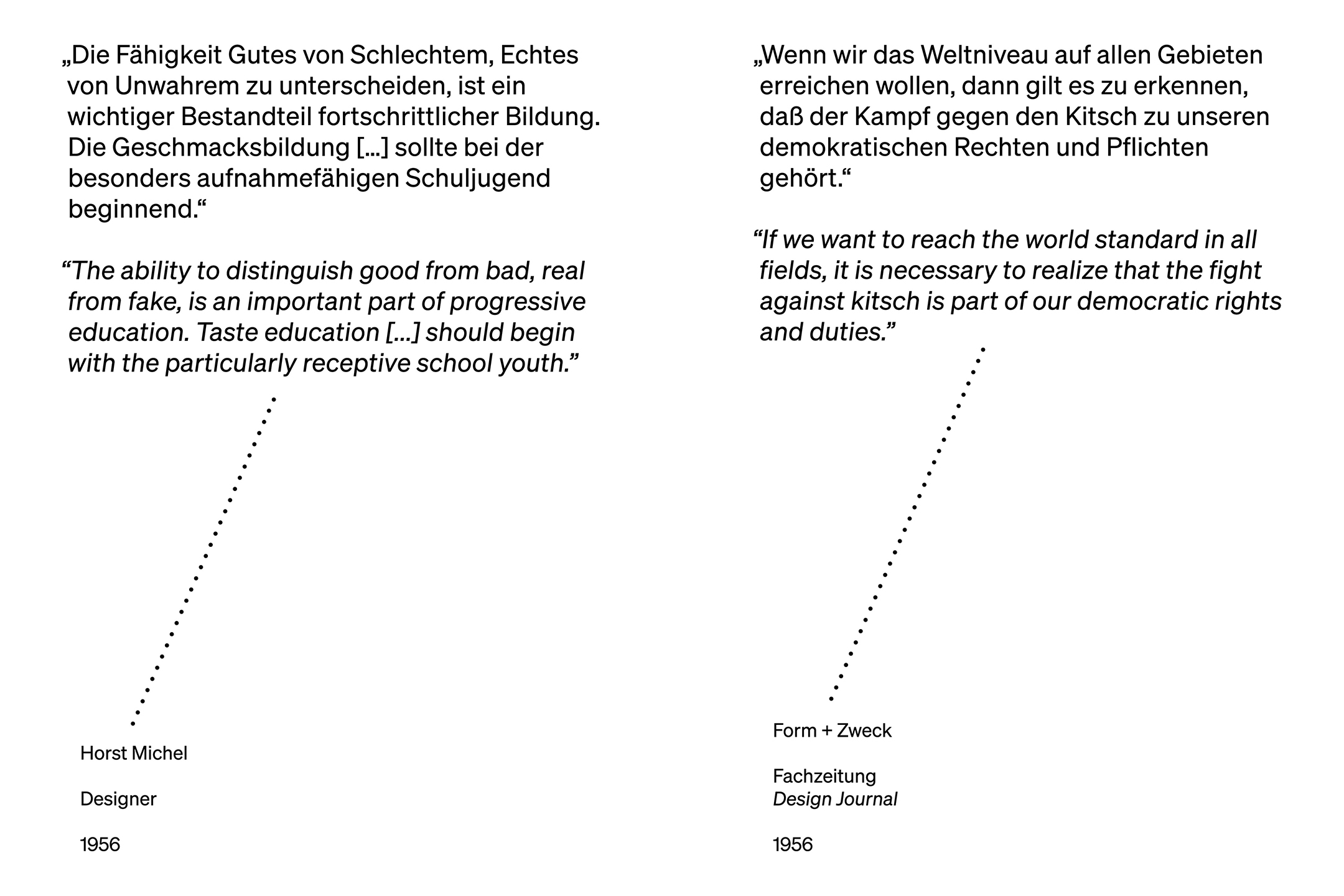
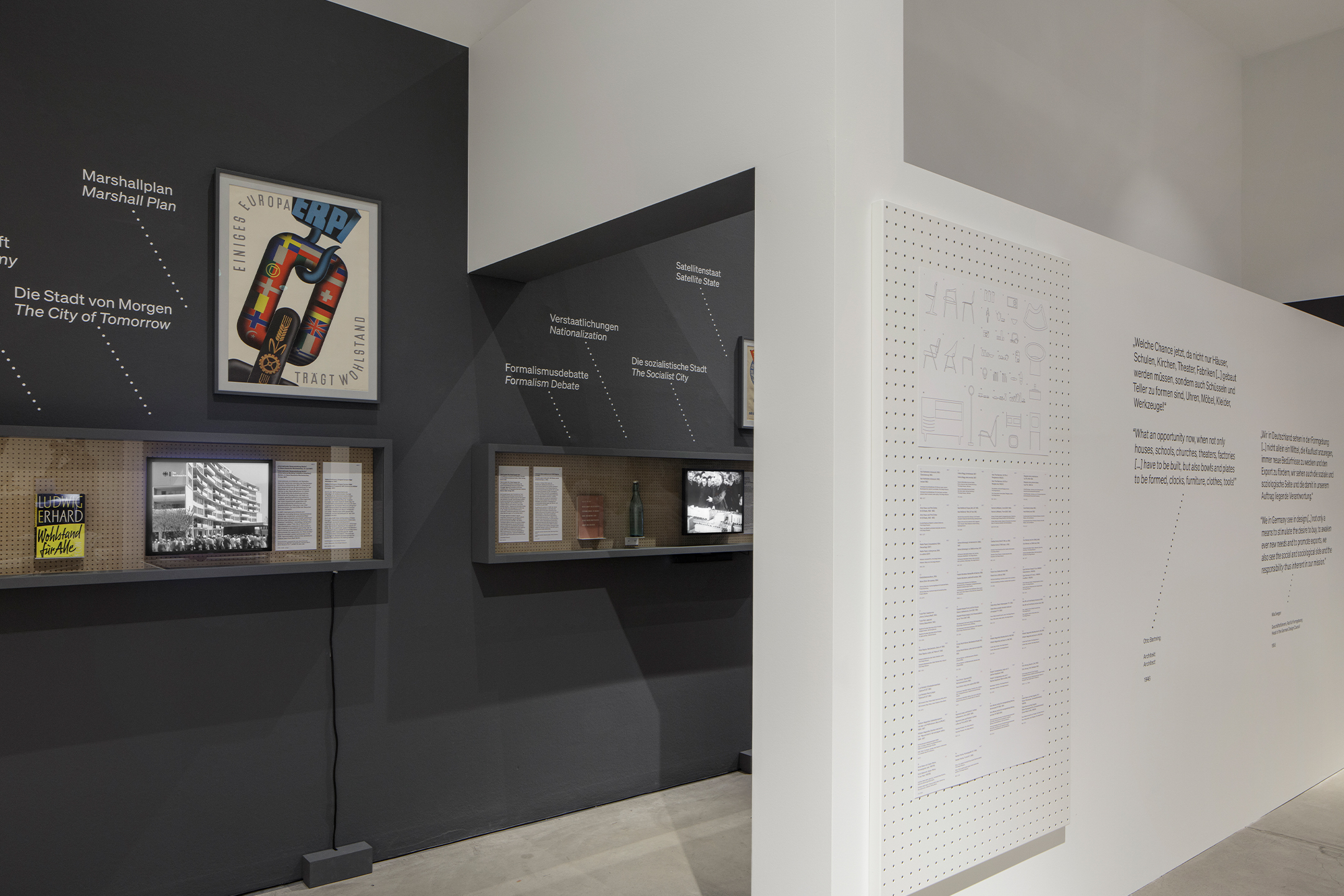
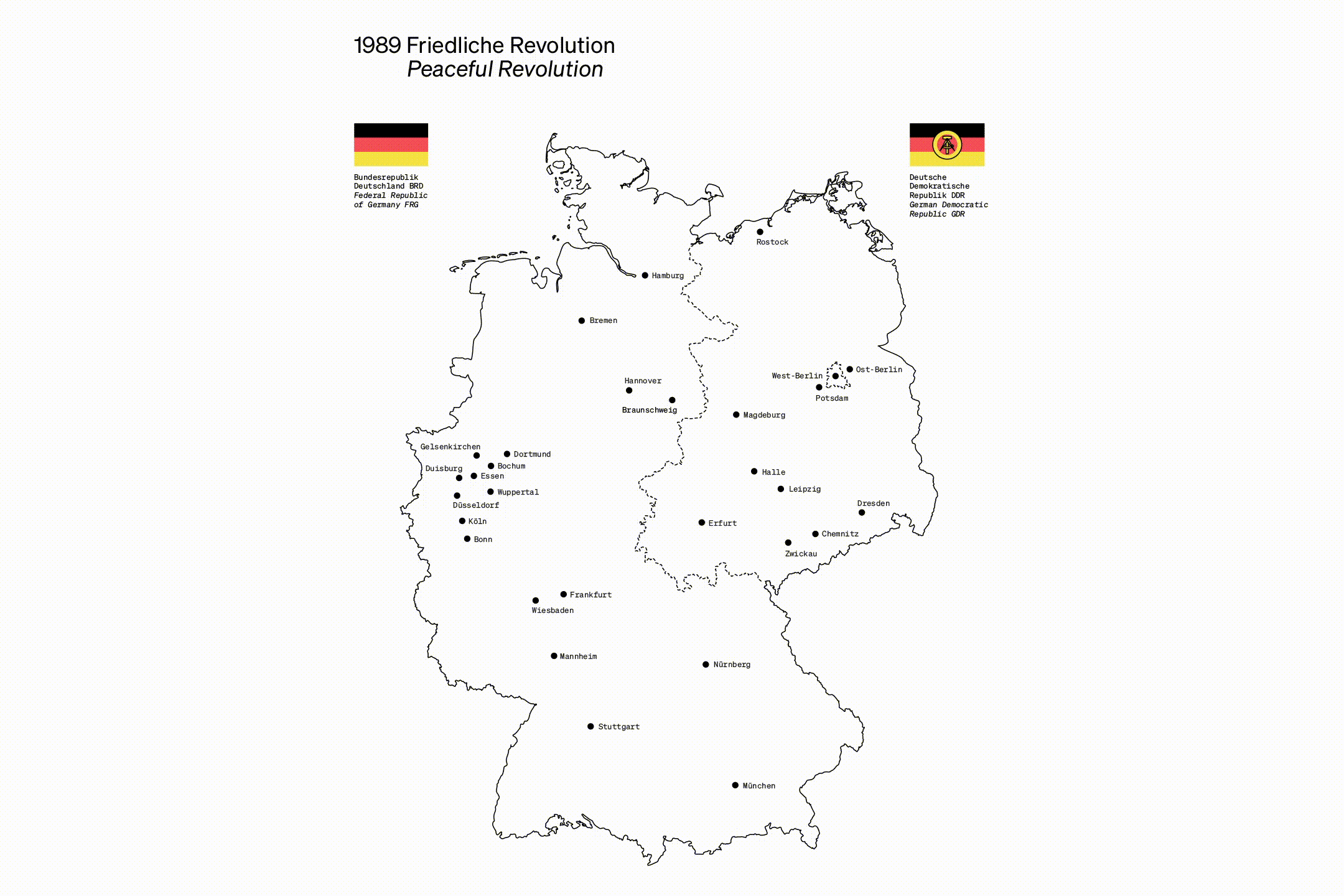
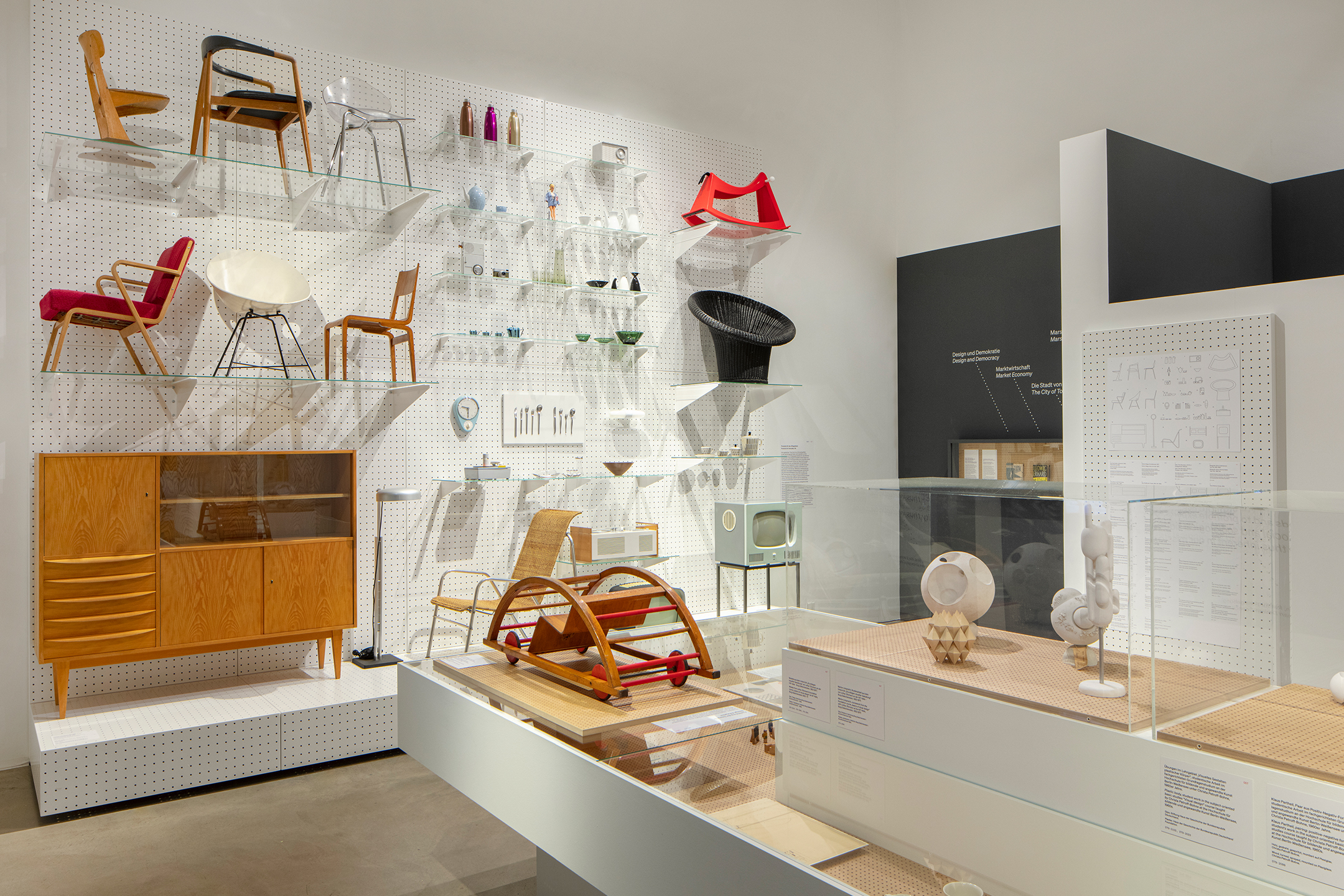
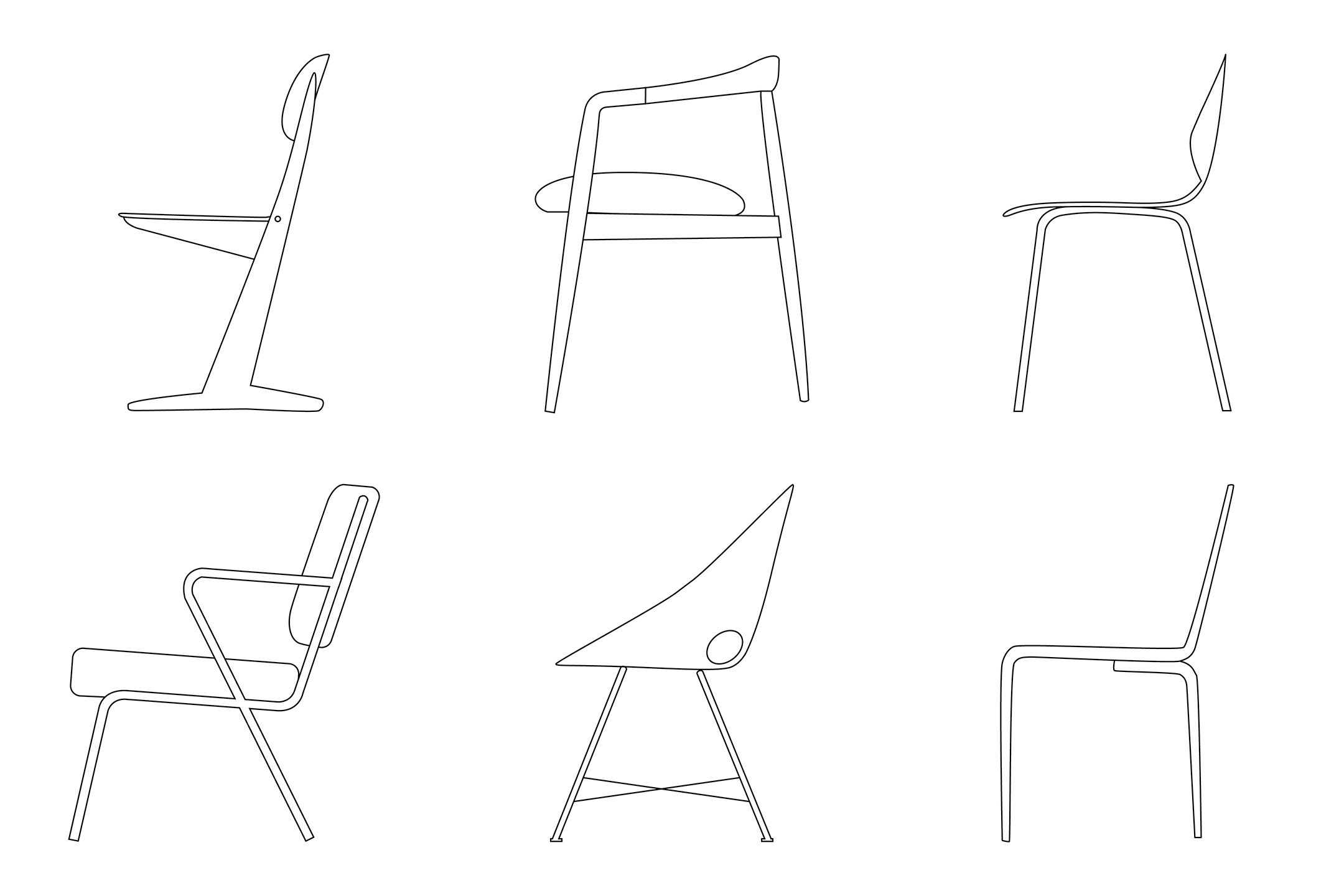
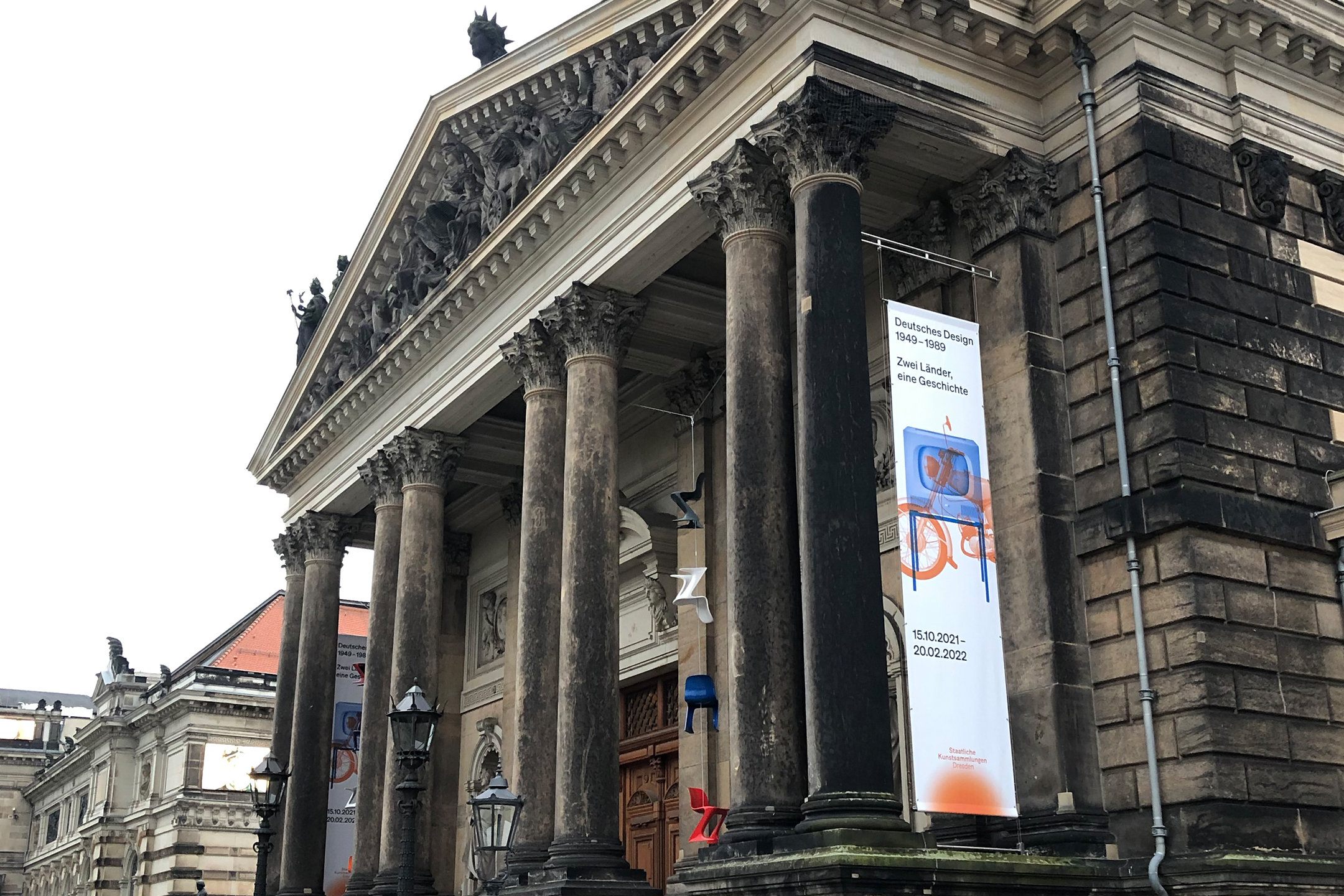
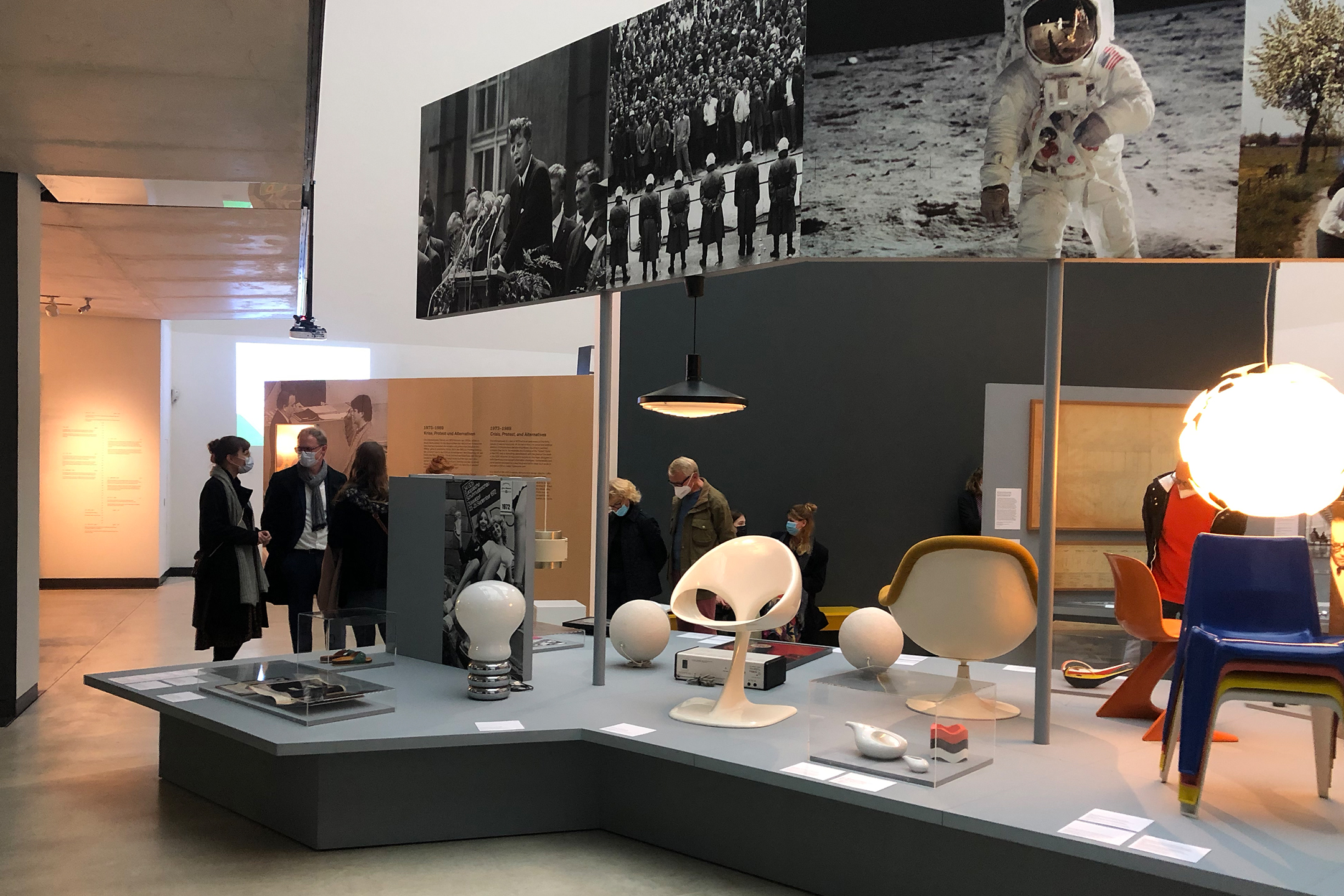
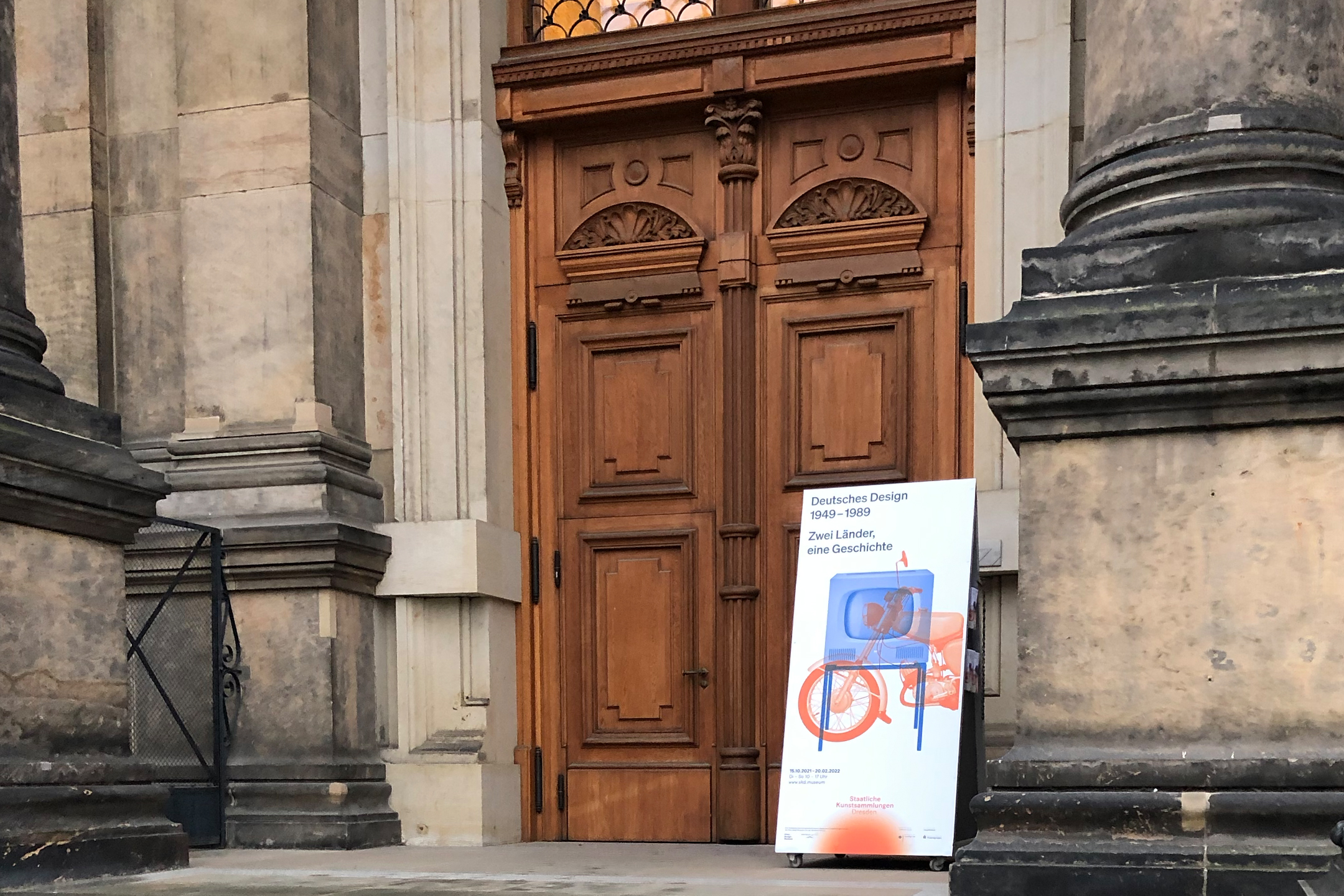
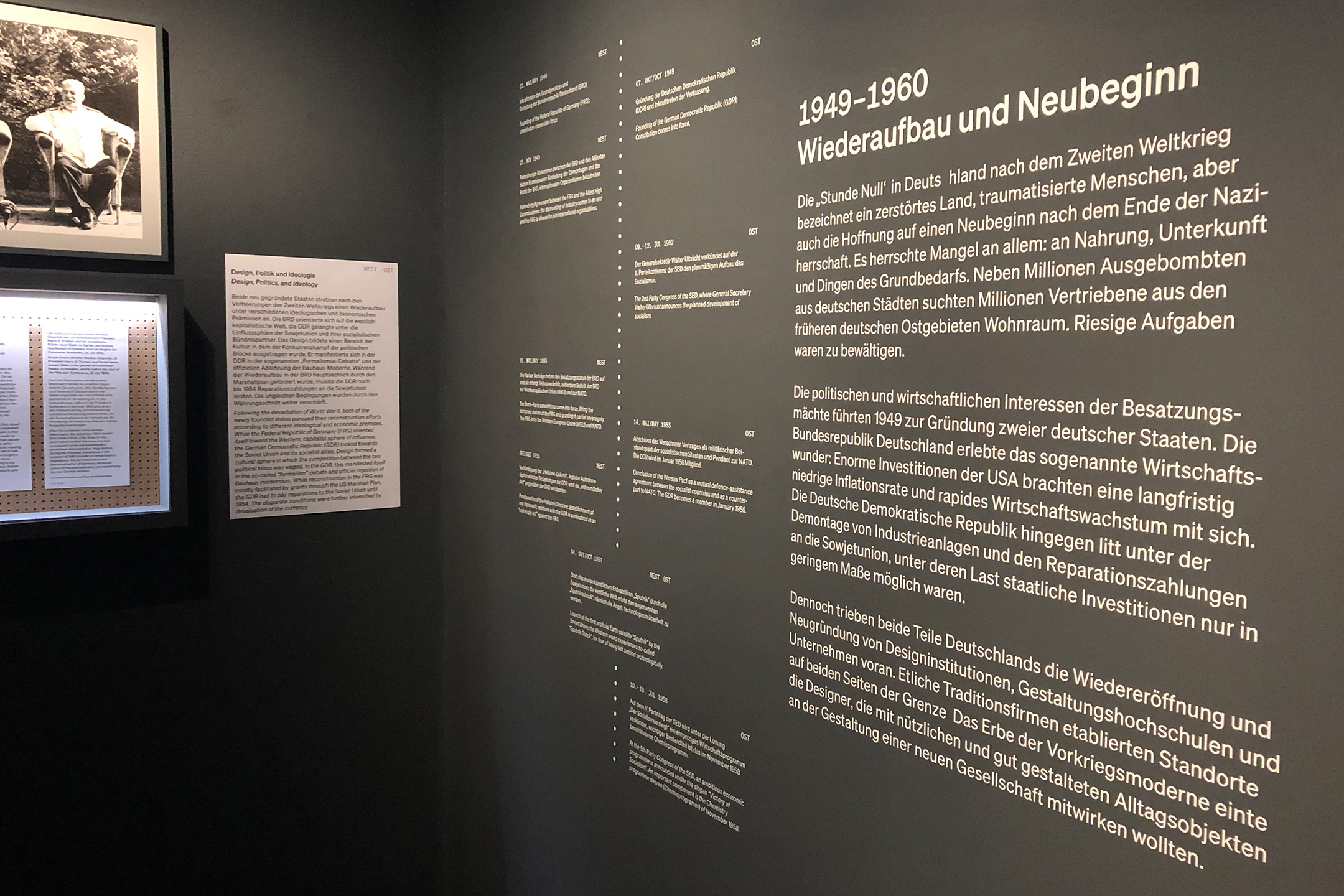
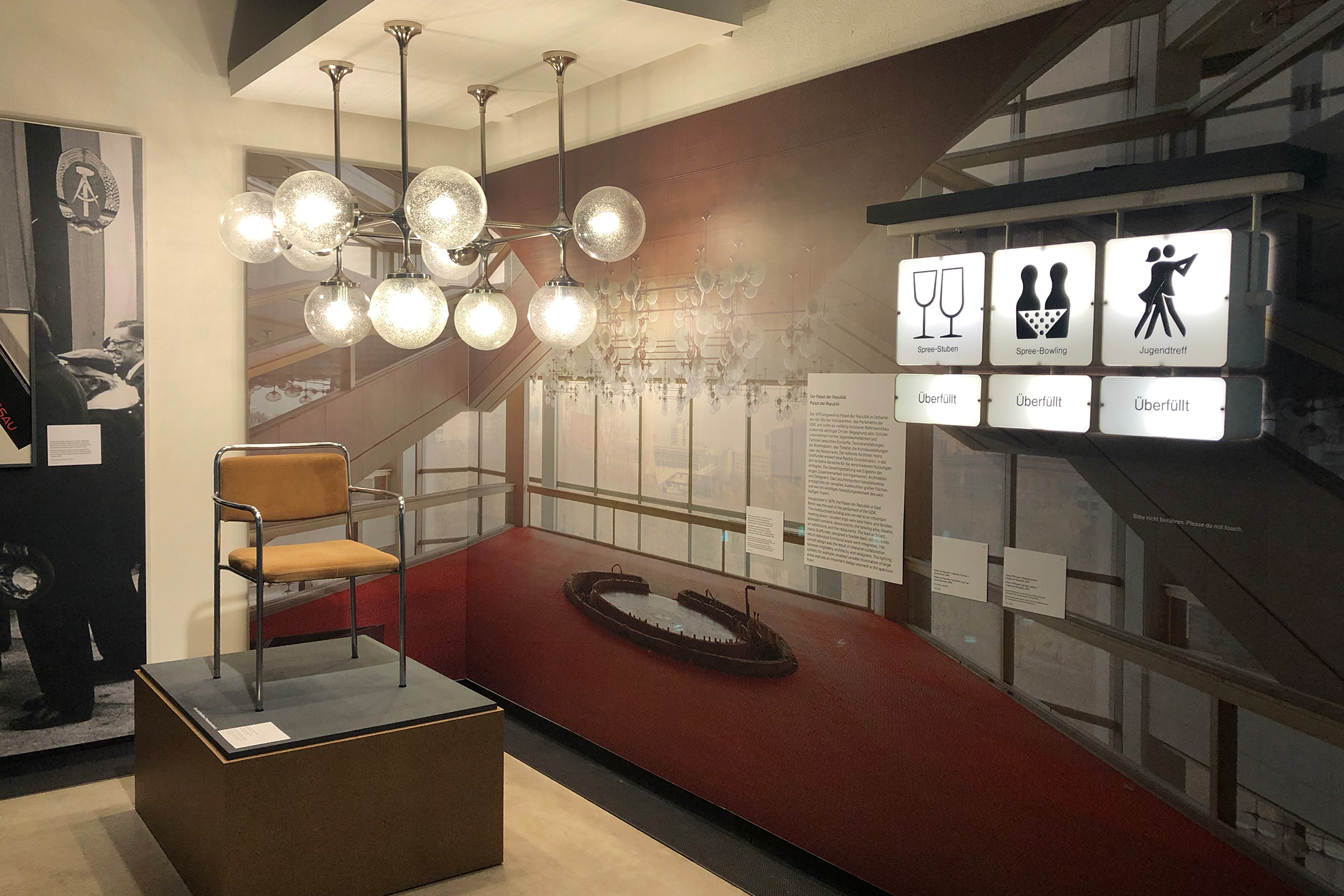
For the exhibition’s second stop at the Kunsthalle Lipsiusbau in Dresden, we worked with a key visual designed by Daniel Streat, which combines the Simson motorbike (representing the East) and the Braun television set (representing the West). We used this design in all media channels, including metro ads, posters and social media animations.
Exhibition photos: © Vitra Design Museum, Ludger Paffrath



